|
Diseases of Poultry
By Ivan Dinev, DVM, PhD
|
MALFORMATIONS
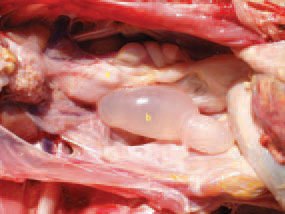
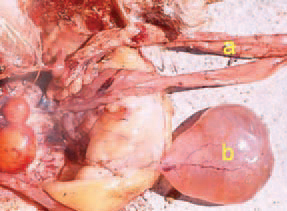
551.552.PERSISTENT RIGHT OVIDUCT. If the regression of the right Mullerian duct, that is embryonally present in female chickens as oviduct, does not occur, a cystic dilatation of this structure is seen, whose size varies from a long cystic formation to a big sac, filled with fluid: a/ functional left oviduct b/ persistent right oviduct
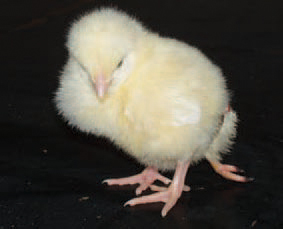
553.Absense of eyes (anophthalmia) and cranial malformations are frequent malformations in newly hatched chickens.
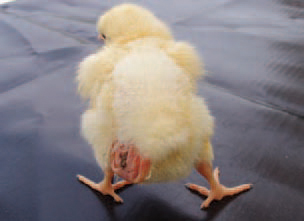
554.OPEN BODY CAVITIES. An additional skin formation (pouch) to the left laterocaudal abdominal wall, with part of the abdominal organs found within.

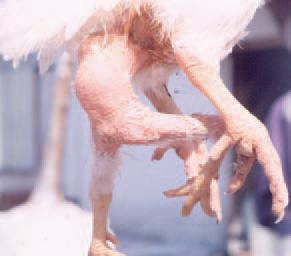
555.556.. POLYPODIA. The occurrence of more legs than normal is often seen in broilers. Such birds frequently survive up to the end of the fattening period.






